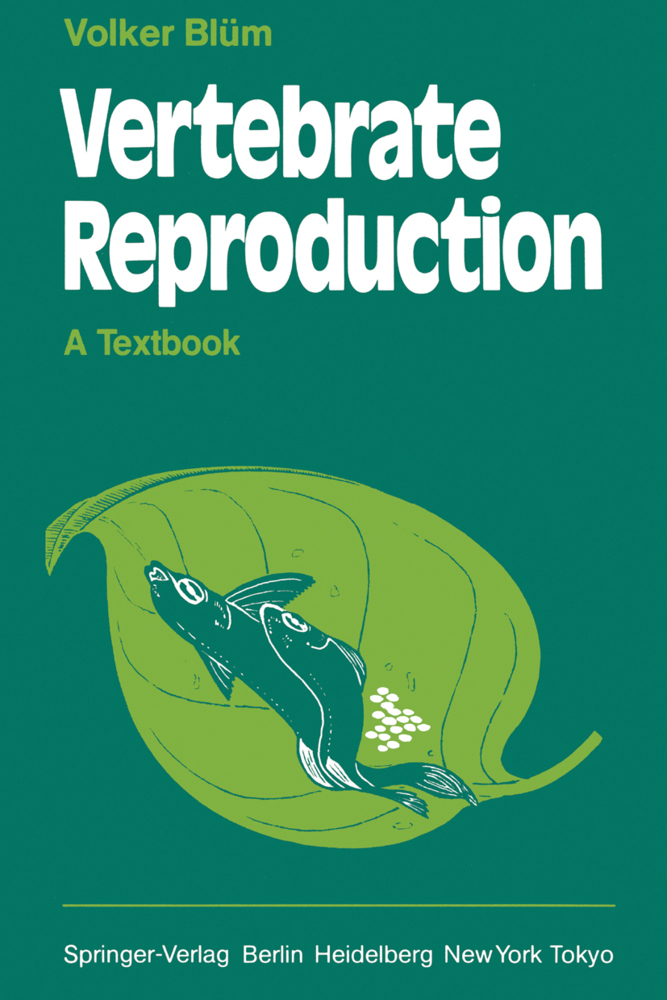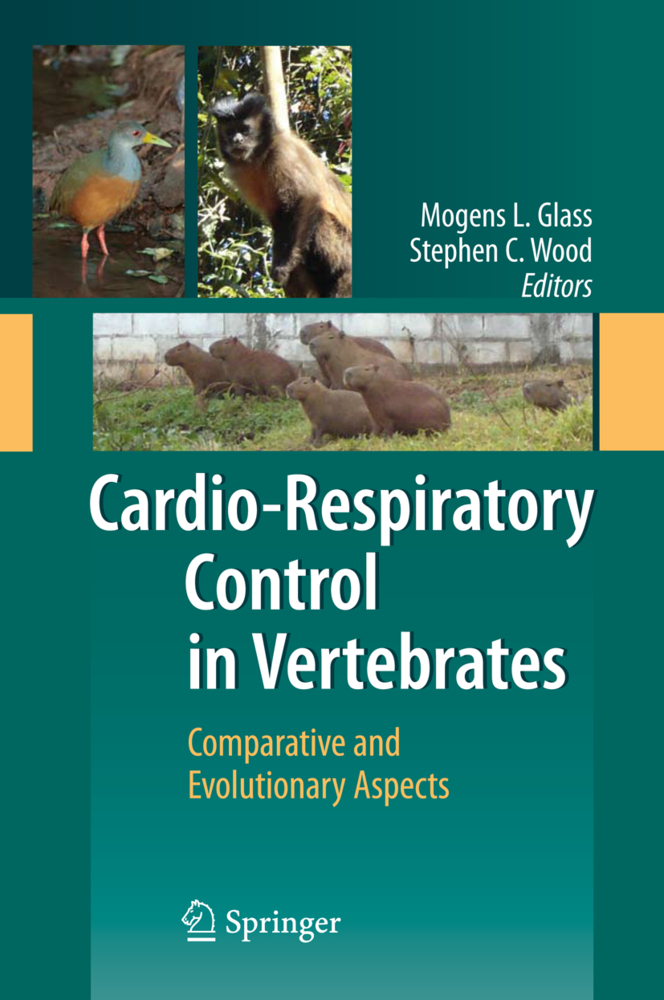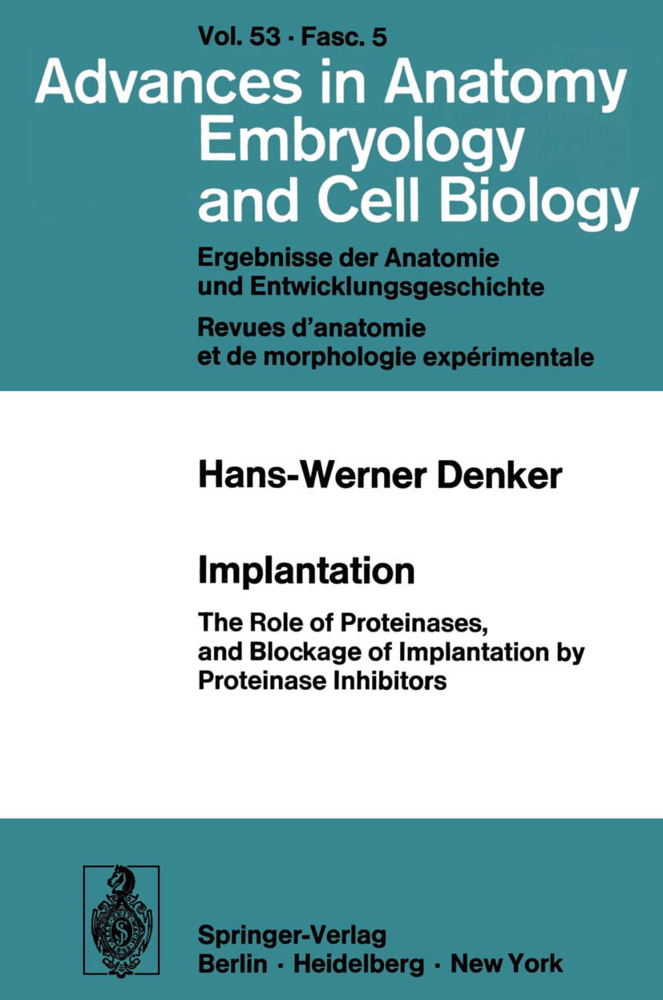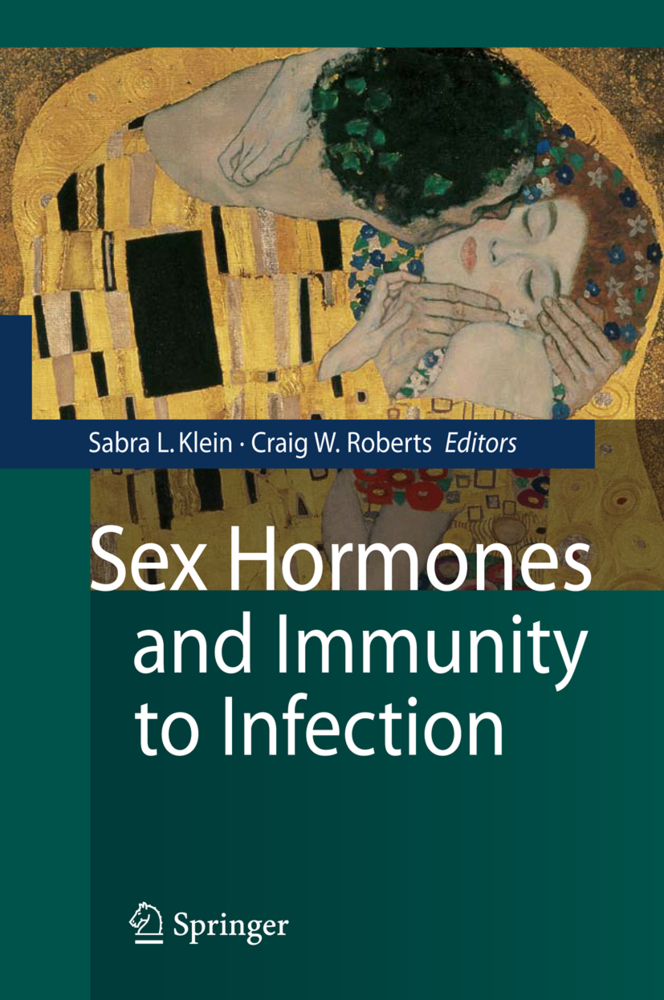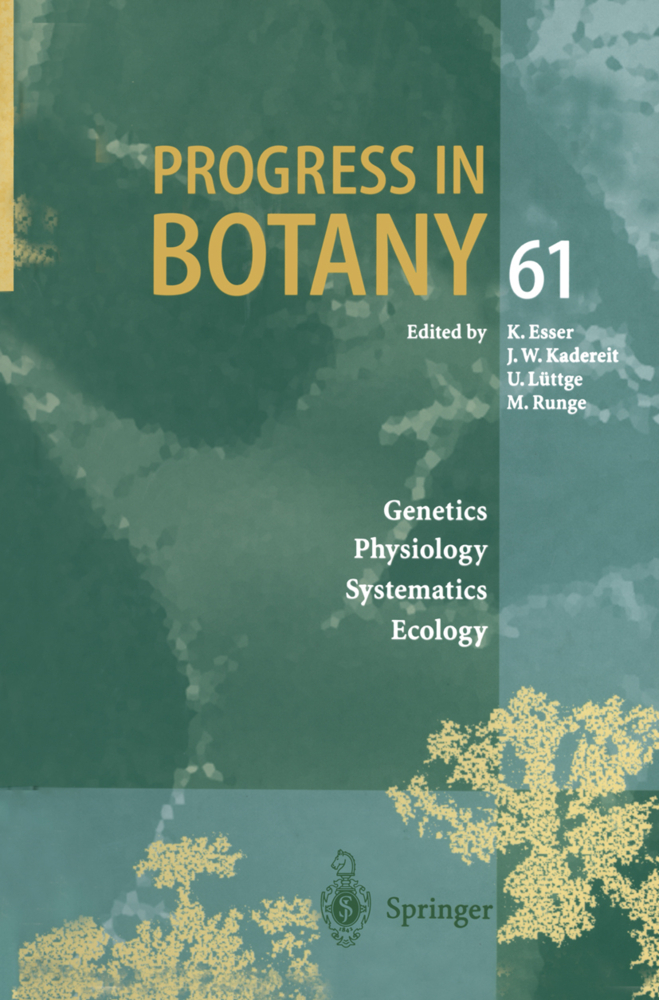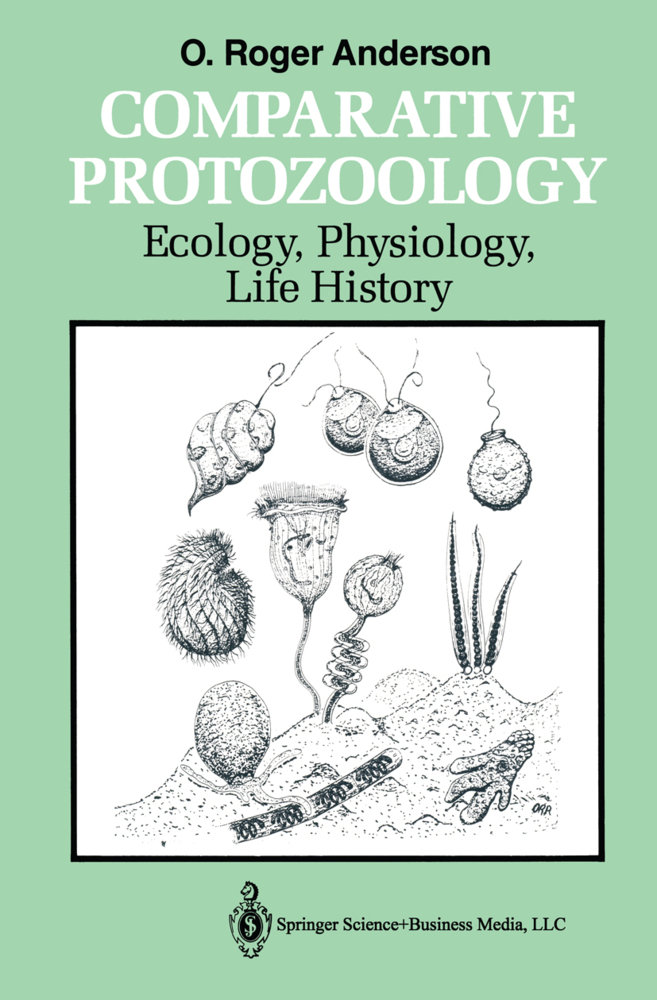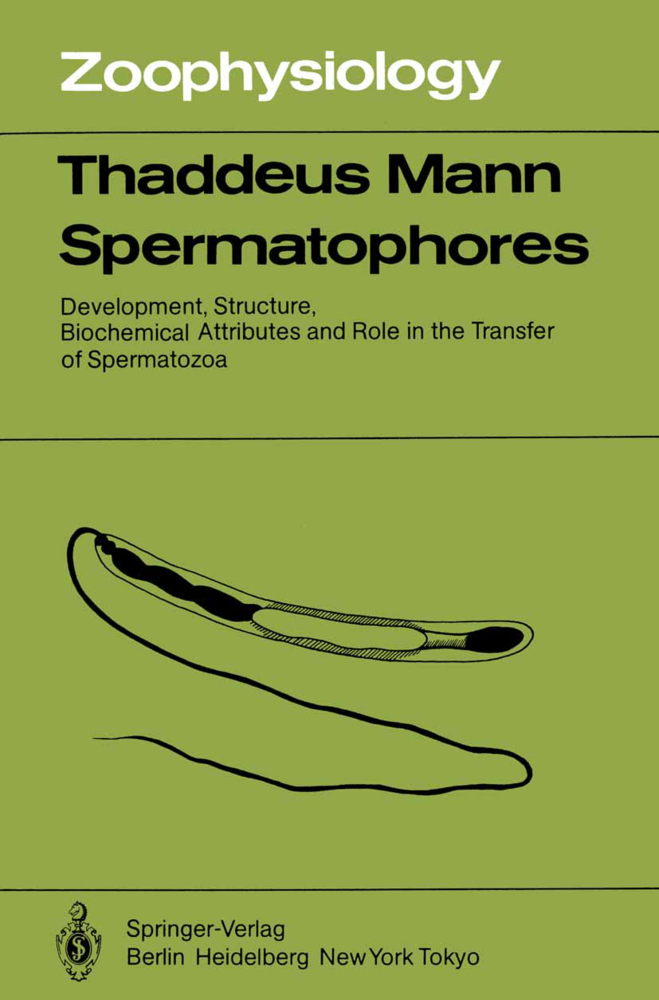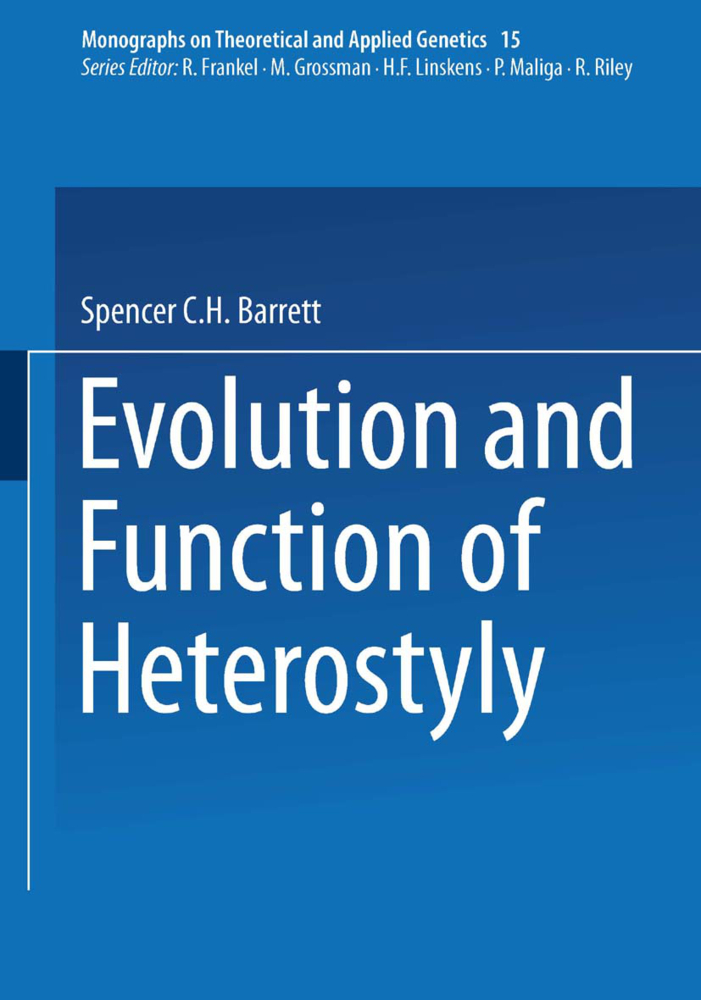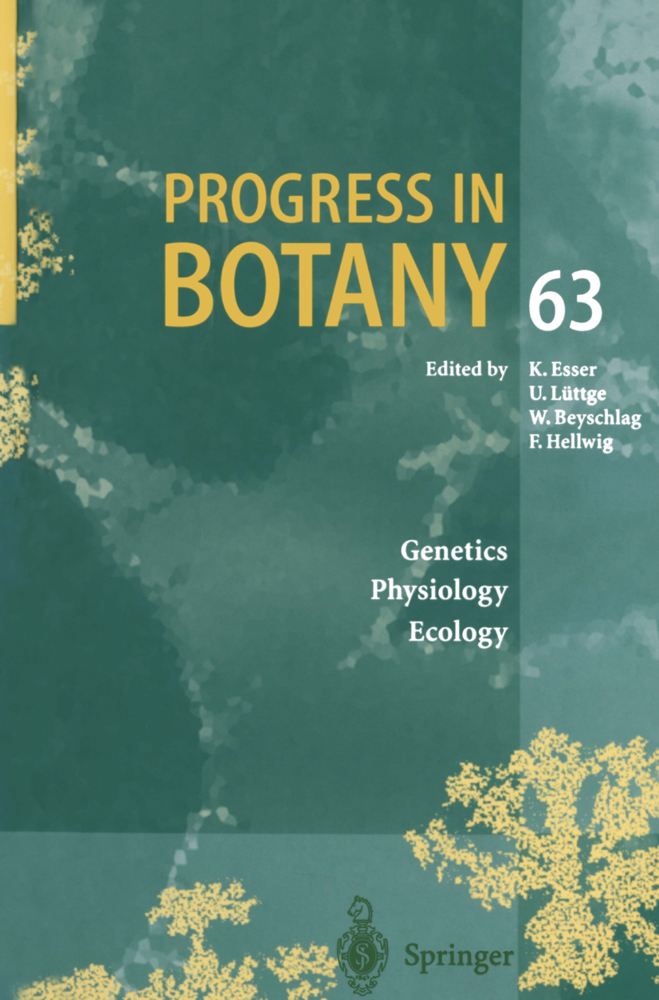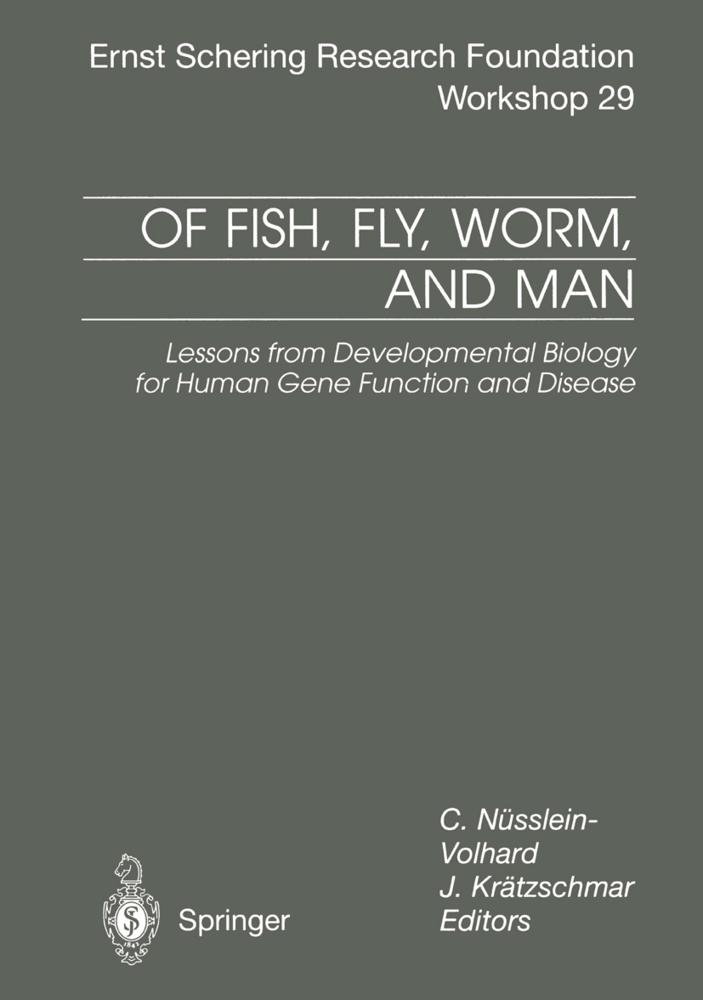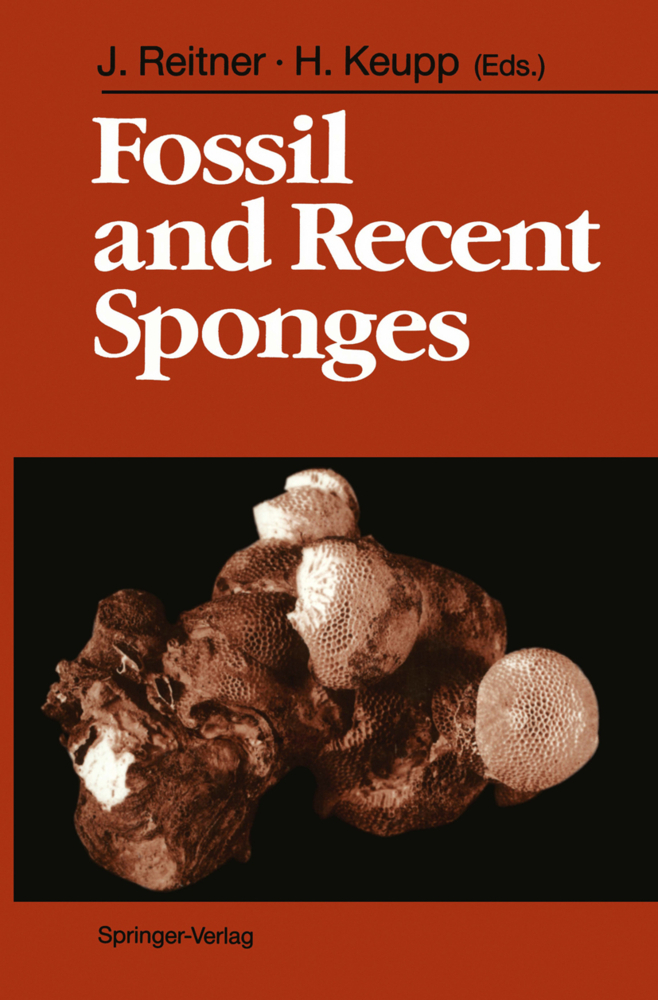Vertebrate Reproduction
A Textbook
Vertebrate Reproduction
A Textbook
Oral birth in the Australian gastric brooding frog Rheobatrachus sUus 2 Preface I have deliberately chosen the title picture to the preface, which shows the oral birth of a young gastric brooding frog (Rheobatrachus situs), to draw the reader's attention to the preface since I wish to explain why the book was written and illustrated in the way it now appears. The book has grown out of the material of a lecture course taking 3 to 4 hours per week each semester that I have given for several years at the Ruhr-University Bochum as the theoretical basis for an intensive 4 week practical course on vertebrate reproduction for students of biology. For various reasons I am a hardened opponent of giving lecture notes to the students. On the other hand I found that my students made great efforts to work through and supplement their own lecture notes by studying the literature. However, there are no suitable textbooks on vertebrate reproduction written in German and the standard work in this field is now several decades old and deals mainly with mammals. The students were therefore often frustrated in their efforts given the limited time they had available. I have therefore decided to present here the most important structural and functional aspects of vertebrate reproduction and include other material to extend the framework of my original lectures.
1.1 Types of Reproduction
1.2 Asexual Reproduction
1.3 Sexual Reproduction
2 Comparative Anatomy of the Urogenital System
2.1 The Gonads of Vertebrates
2.2 Development of the Gonads
2.3 Structure and Development of the Kidneys: the Uro-genital Connection
2.4 Organisation of the Male Urogenital System
2.5 Organisation of the Female Urogenital System
2.6 Copulatory Organs
2.7 External Genitalia of Females
3 The Formation of Gametes
3.1 Sexual Maturity
3.2 Production of Gametes
4 Fertilisation and Early Development
4.1 Mechanisms of Bringing the Gametes Together
4.2 Fertilisation
4.3 Cleavage Types and the Formation of Germ Layers
4.4 The Early Development of Acrania and Vertebrates
5 The Regulation of Reproduction
5.1 Characteristics of the Integrative Systems
5.2 Types of Hormone and Their Sites of Production
5.3 Molecular Mechanisms of Hormone Action
5.4 The Neuroendocrine Reflex Arc: Interconnections Between the Two Systems
5.5 The Release of Hormones into the Blood
5.6 Hormone Systems Involved in Reproduction
5.7 The Morphology of Endocrine Systems Involved in Reproduction
5.8 Chemistry and Physiology of Hormones that Regulate Reproduction
5.9 Hormonal Regulation of the Testes
5.10 Hormonal Regulation of the Ovaries
5.11 Hormonal Regulation of the Female Genital System of Mammals
5.12 The Role of the Epiphysis
5.13 The Hormonal Regulation of Lactation
5.14 The Role of Hormones in Sexual Differentiation
5.15 Pheromones and Reproduction
6 Reproductive Behaviour
6.1 General Definitions
6.2 Phases of Reproductive Behaviour
6.3 The Physiological Basis of Reproductive Behaviour
6.4 Variation in Reproductive Behaviour
6.5 Reproductive Behaviour as Social Behaviour
6.6Physiological Aspects Underlying Reproductive Behaviour
7 Care of the Young Within the Body: Submammalians
7.1 Adaptations Associated with Ovuliparity
7.2 Ovoviviparity
7.3 Viviparity
8 Care of the Young Within the Body: Mammals
8.1 Types of Implantation and the Classification of Placentas
8.2 Transport of the Embryo
8.3 The Process of Implantation
8.4 Immunological Problems Associated with Implantation and Placentation
8.5 Placentation in Marsupialia
8.6 Placentation in Eutheria
8.7 The Duration of Gestation
9 Care of the Young Outside the Body
9.1 Pisces
9.2 Amphibia
9.3 Reptilia
9.4 Aves
9.5 Mammalia
References
List of Figure Sources
Index of Animal and Plant Names.
Preface
1 Introduction1.1 Types of Reproduction
1.2 Asexual Reproduction
1.3 Sexual Reproduction
2 Comparative Anatomy of the Urogenital System
2.1 The Gonads of Vertebrates
2.2 Development of the Gonads
2.3 Structure and Development of the Kidneys: the Uro-genital Connection
2.4 Organisation of the Male Urogenital System
2.5 Organisation of the Female Urogenital System
2.6 Copulatory Organs
2.7 External Genitalia of Females
3 The Formation of Gametes
3.1 Sexual Maturity
3.2 Production of Gametes
4 Fertilisation and Early Development
4.1 Mechanisms of Bringing the Gametes Together
4.2 Fertilisation
4.3 Cleavage Types and the Formation of Germ Layers
4.4 The Early Development of Acrania and Vertebrates
5 The Regulation of Reproduction
5.1 Characteristics of the Integrative Systems
5.2 Types of Hormone and Their Sites of Production
5.3 Molecular Mechanisms of Hormone Action
5.4 The Neuroendocrine Reflex Arc: Interconnections Between the Two Systems
5.5 The Release of Hormones into the Blood
5.6 Hormone Systems Involved in Reproduction
5.7 The Morphology of Endocrine Systems Involved in Reproduction
5.8 Chemistry and Physiology of Hormones that Regulate Reproduction
5.9 Hormonal Regulation of the Testes
5.10 Hormonal Regulation of the Ovaries
5.11 Hormonal Regulation of the Female Genital System of Mammals
5.12 The Role of the Epiphysis
5.13 The Hormonal Regulation of Lactation
5.14 The Role of Hormones in Sexual Differentiation
5.15 Pheromones and Reproduction
6 Reproductive Behaviour
6.1 General Definitions
6.2 Phases of Reproductive Behaviour
6.3 The Physiological Basis of Reproductive Behaviour
6.4 Variation in Reproductive Behaviour
6.5 Reproductive Behaviour as Social Behaviour
6.6Physiological Aspects Underlying Reproductive Behaviour
7 Care of the Young Within the Body: Submammalians
7.1 Adaptations Associated with Ovuliparity
7.2 Ovoviviparity
7.3 Viviparity
8 Care of the Young Within the Body: Mammals
8.1 Types of Implantation and the Classification of Placentas
8.2 Transport of the Embryo
8.3 The Process of Implantation
8.4 Immunological Problems Associated with Implantation and Placentation
8.5 Placentation in Marsupialia
8.6 Placentation in Eutheria
8.7 The Duration of Gestation
9 Care of the Young Outside the Body
9.1 Pisces
9.2 Amphibia
9.3 Reptilia
9.4 Aves
9.5 Mammalia
References
List of Figure Sources
Index of Animal and Plant Names.
| ISBN | 978-3-540-16314-5 |
|---|---|
| Artikelnummer | 9783540163145 |
| Medientyp | Buch |
| Copyrightjahr | 1986 |
| Verlag | Springer, Berlin |
| Umfang | IX, 405 Seiten |
| Abbildungen | IX, 405 p. 25 illus. |
| Sprache | Englisch |

